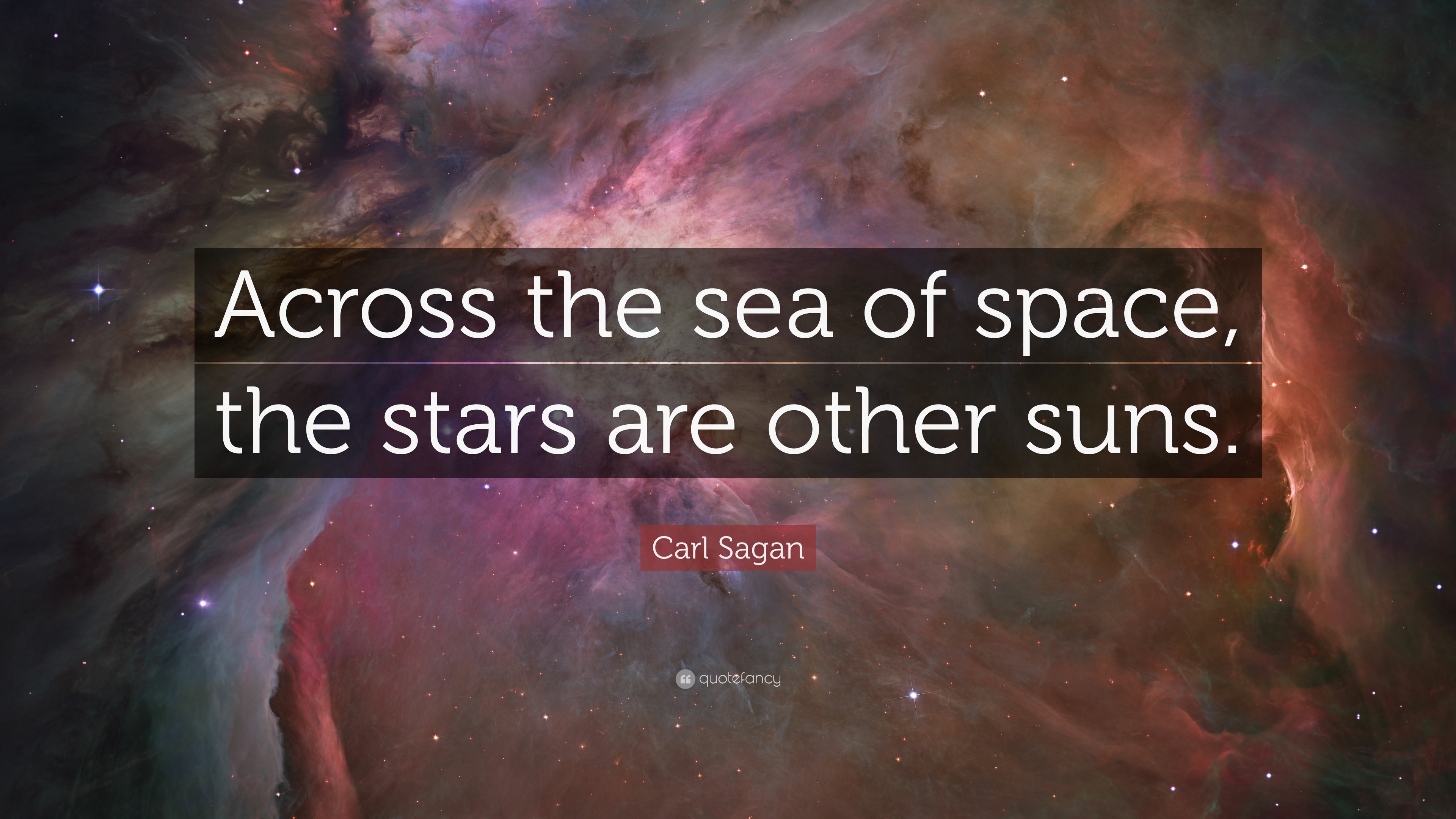


These creatures look like plants - hence their name - but they’re actually deep-sea invertebrates, and ancient ones at that. So what do some of these critters actually look like? See for yourself. Griffiths, for one, has two species of sea cucumber named after him. A whopping 10 to 20 percent of organisms that scientists bring back from expeditions are new to science, he said. It’s a good thing, too, because animals in the Antarctic are highly bizarre but also largely unknown. And while the Southern Ocean is quickly becoming acidic as it absorbs carbon dioxide from the atmosphere, most animals on the wreck lack a skeleton or shell that can easily dissolve. Temperatures down there don’t change much, he said, even as they rise in shallow seas. The creatures living on the ocean floor, however, are largely sheltered from climate change’s wrath, he said. That’s partly why the team, organized by the Falklands Maritime Heritage Trust, was able to find the ship, Griffiths said. Rising temperatures linked to climate change are shrinking sea ice in Antarctica - this year, sea ice reached a record low. “It seems really hostile to us, but it’s probably perfect for what these animals are adapted to,” Griffiths said. Some fish have antifreeze chemicals in their blood, for example, and many Antarctic animals produce “heat-shock” proteins that keep their cells intact. The animals down here have evolved over millions of years to withstand frigid temperatures, which reach below -2 degrees Celsius in this region, Griffiths said. Falklands Maritime Heritage Trust/National Geographic Anemones are among the animals that have made the ship their home. “There is so much food in Antarctica,” Griffiths said, in part because there’s sunlight for six months out of the year.
#Pics of the sea of stars full#
Though these dark waters may seem desolate and devoid of life, they’re full of nutrients. Most of the animals are filter feeders - using various grippy appendages, they pull particles out of the ocean, such as bits of plankton or poop, much of which rains down from shallow depths. “Their larvae and eggs are just floating around and this is kind of like paradise for them,” Griffiths told Vox. In Antarctica, the ocean floor has few other large structures like this - human-made or otherwise - which provides a foundation for fledgling anemones, sea squirts, and other animals to take hold. The sunken ship, which remains in near-pristine condition, is an oasis of life for deep-sea creatures, not unlike a watering hole in a desert, he said. “The ship is cool, but look at those things living on it,” said Huw Griffiths, a marine biogeographer at the British Antarctic Survey, who was not part of the discovery expedition. Even more interesting are the deep-sea creatures that have made a home of it. It rests nearly 10,000 feet down in the icy waters of Antarctica.īut for some marine scientists, the ship itself was only a small part of the excitement. A team of deep-sea explorers announced a groundbreaking discovery this week: The Endurance, a 144-foot ship that sank in 1915 during an expedition led by Ernest Shackleton, has finally been found.


 0 kommentar(er)
0 kommentar(er)
